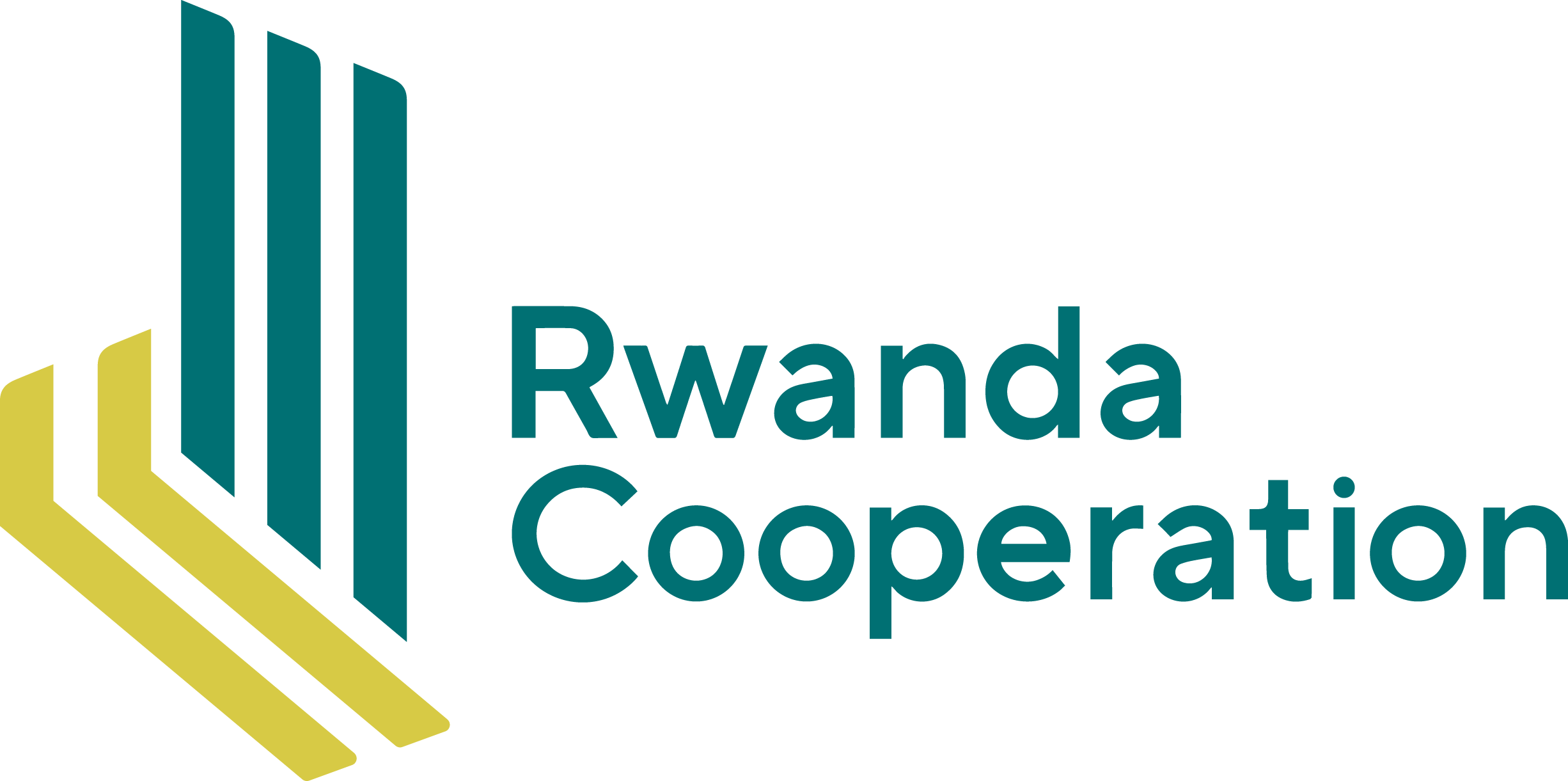Historical Background
This section will give visitors a detailed overview of Rwanda’s history. They will be taken through Rwanda’s birth, its precolonial societal makeup, traditions and the nature of its people’s social relations. They will also be able to understand the fundamental changes that the Rwandese society underwent during the colonial period, and how they divided the nation across new ethnic identities that ultimately led to the genocide against the Tutsi in 1994.
